Mirror Image / Kaleidoscope Techniques:

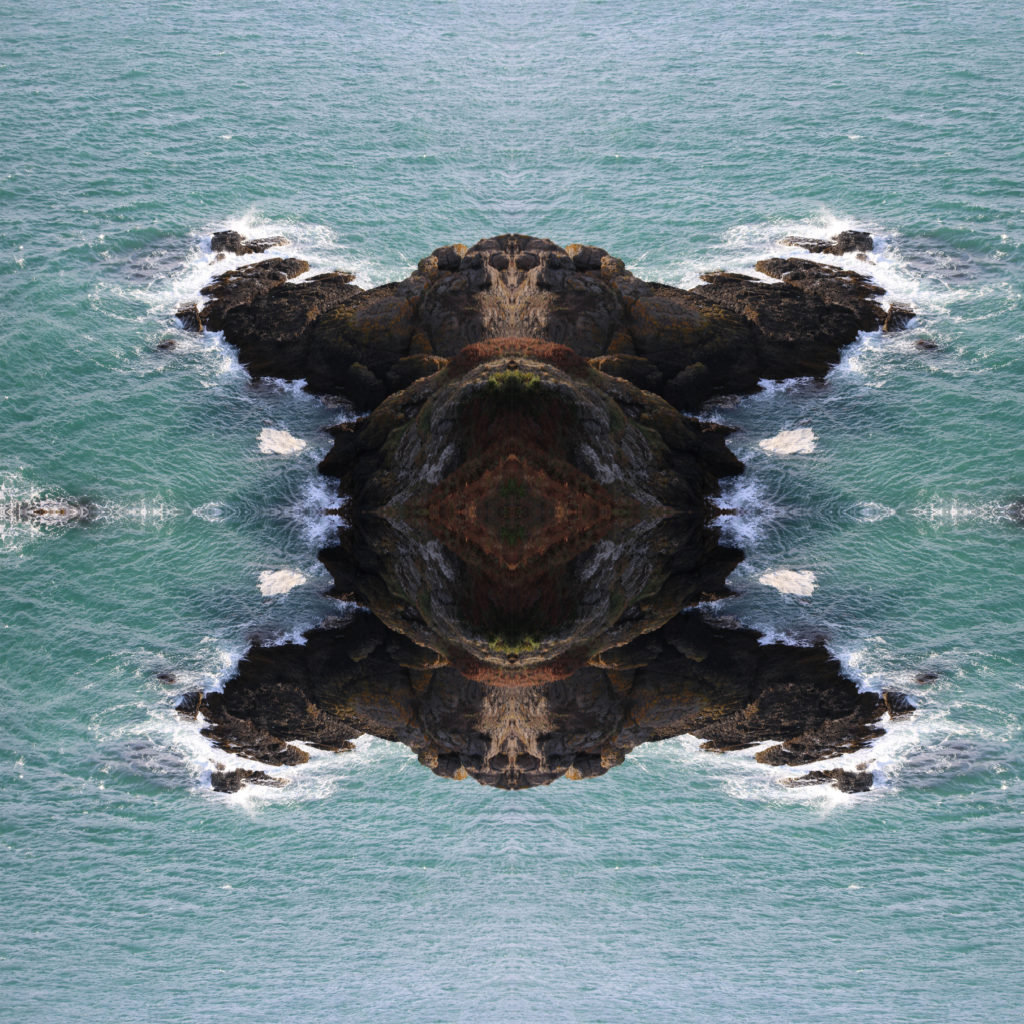
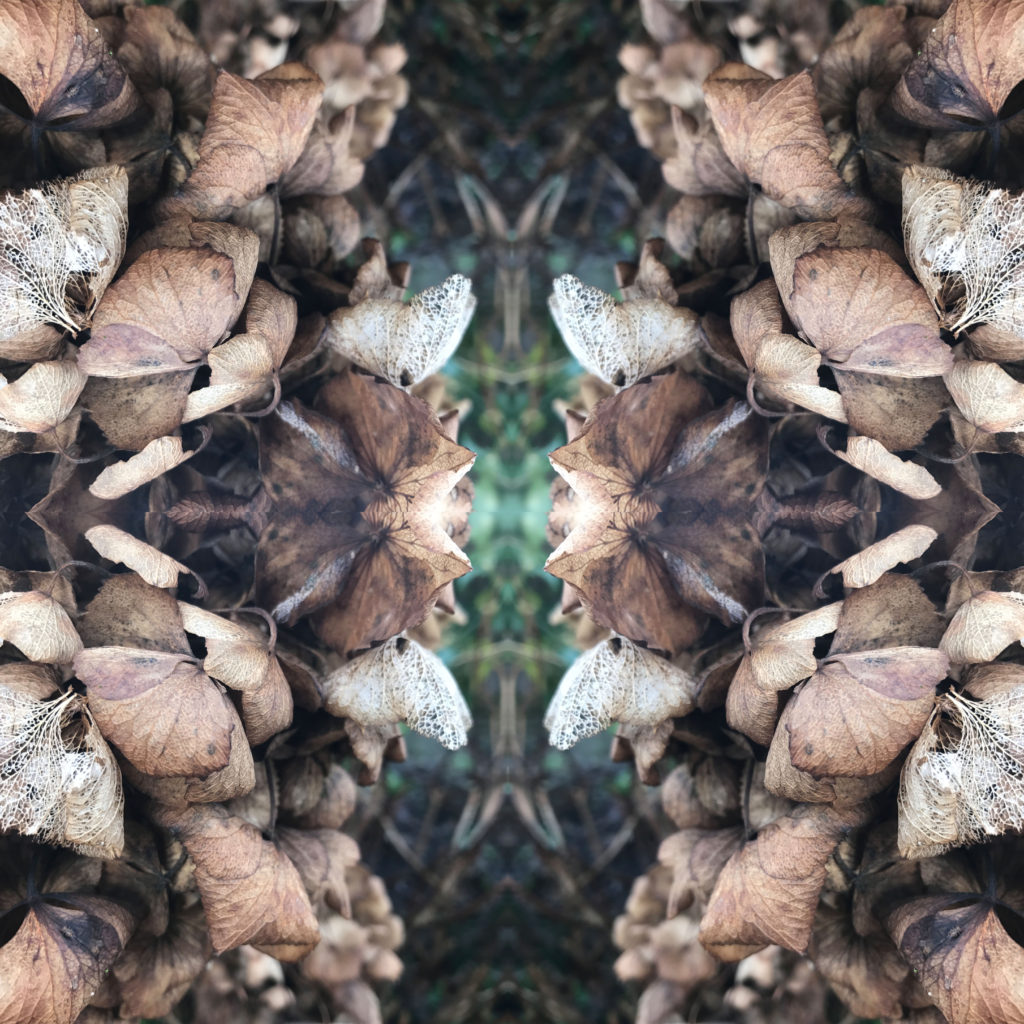
Mirror Image / Kaleidoscope Techniques:



In this project I have been able to explore into the concept of abstract photography. I have looked at a variety of artists, who use multiple editing and camera skills, allowing me to gain a greater depth into the theme of abstract photography. I have captured a range of subjects, from paper to twigs, allowing to experiment with the formal elements which play an active role in abstract photography. I have acquired many camera skills, from controlling the shutter speed, ISO, White Balance and Depth of Field. I feel that I have successfully demonstrated these skills through my photo shoots, which have been inspired by artists that I previously researched.
Here is a final plan for the layout of my final images:

Analysis
Overall, I chose the images as my final images due to them, in my opinion, reflecting my camera skills and perspective within ‘Abstract Photography’. I also chose them due to their abstract view points on colour: man made vibrant colours next to natural and neutral colours. Throughout my project I focused on photographing abandoned or decayed buildings or surfaces because I liked the idea of the fact that we’re living in a forever growing world with things being introduced to us everyday. Yet, there is so much decay and remains left for us to bare and manage. This overall project was to show how in our everyday lives, we ignore the decay us and proceed with our ‘new’ set in place futures.
These are the 4 final images which I have chosen to print out as my final images.
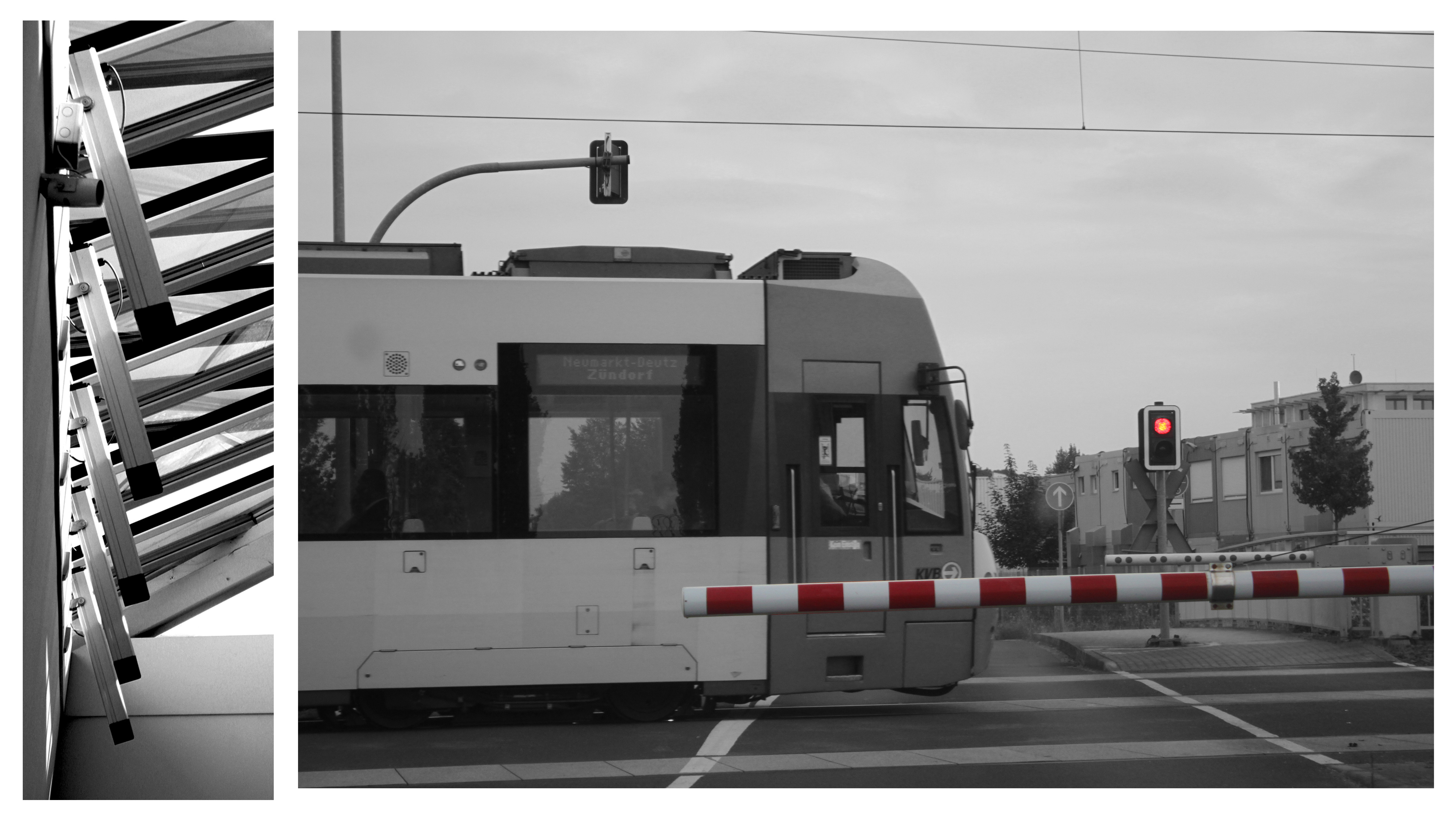 This will be my largest print out (sized at A3). I will seperate the print into the two images it consists of; then stick them onto one layer of white styrofoam board, then display them on a black A2 piece of card. This will make them literally pop out of the page more as they will be lifted approximately 1cm above the card. The whole display will also keep the black & white theme as the display elements are also black & white.
This will be my largest print out (sized at A3). I will seperate the print into the two images it consists of; then stick them onto one layer of white styrofoam board, then display them on a black A2 piece of card. This will make them literally pop out of the page more as they will be lifted approximately 1cm above the card. The whole display will also keep the black & white theme as the display elements are also black & white.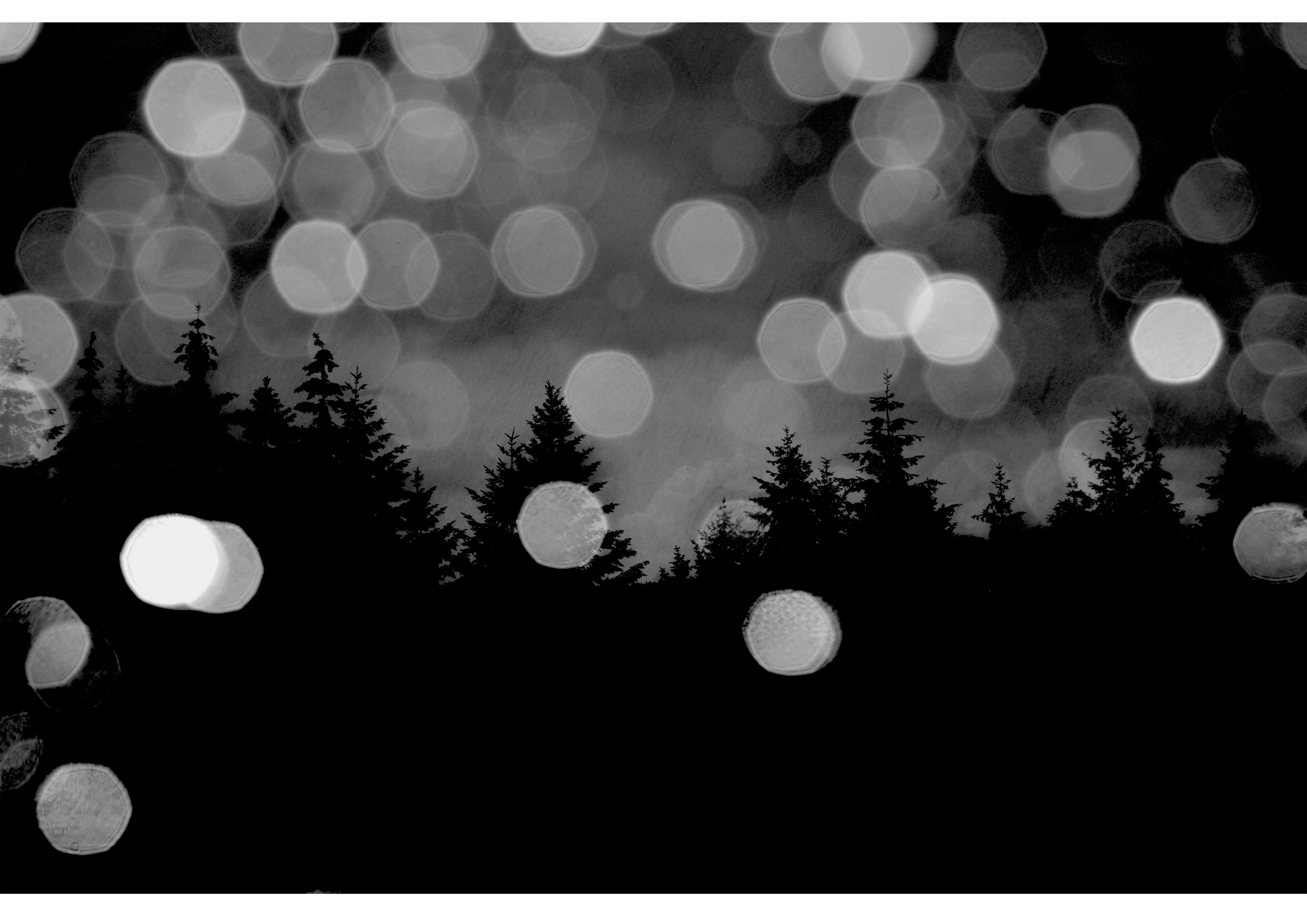 This image will be printed out in A4 size. I will frame it in black A3 card to keep the dark theme of the photo. Howevr, I will bevel the edges around the photo so that the white underside of the card shows through, this will help distinguish the image from the frame without adding too much bright elements.
This image will be printed out in A4 size. I will frame it in black A3 card to keep the dark theme of the photo. Howevr, I will bevel the edges around the photo so that the white underside of the card shows through, this will help distinguish the image from the frame without adding too much bright elements.
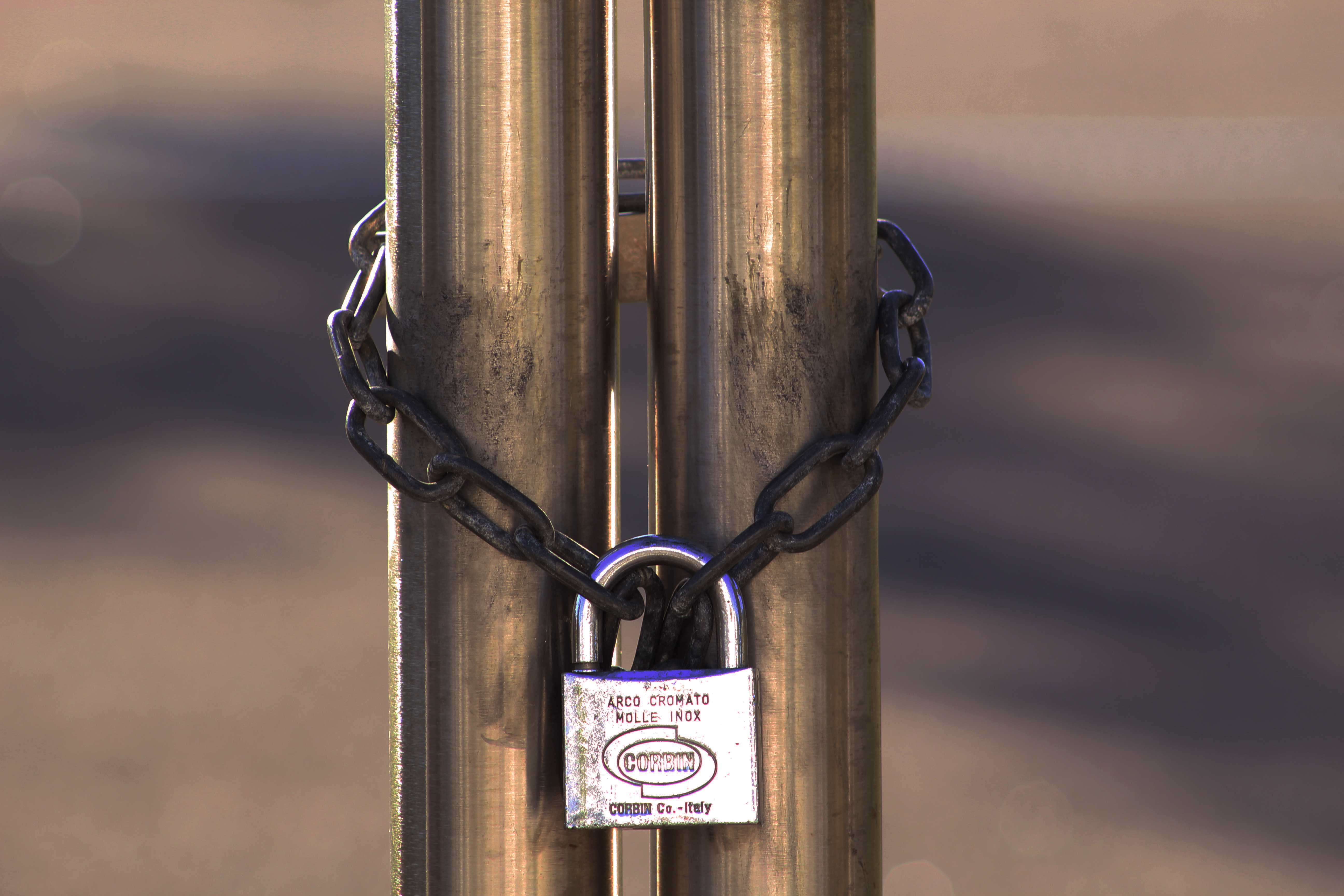 This photo will be printed out in A5 size. I will cut it into three elements (left, middle, right) to help show how the image consists of three clear parts. I will then layer them on different thicknesses of styrofoam board; left part will be 2 layers thick, middle right part will be 3 layers thick, and middle part will be 5 layers thick. These will then be stuck onto an A4 piece of black card with small gaps between each third of the photo.
This photo will be printed out in A5 size. I will cut it into three elements (left, middle, right) to help show how the image consists of three clear parts. I will then layer them on different thicknesses of styrofoam board; left part will be 2 layers thick, middle right part will be 3 layers thick, and middle part will be 5 layers thick. These will then be stuck onto an A4 piece of black card with small gaps between each third of the photo.
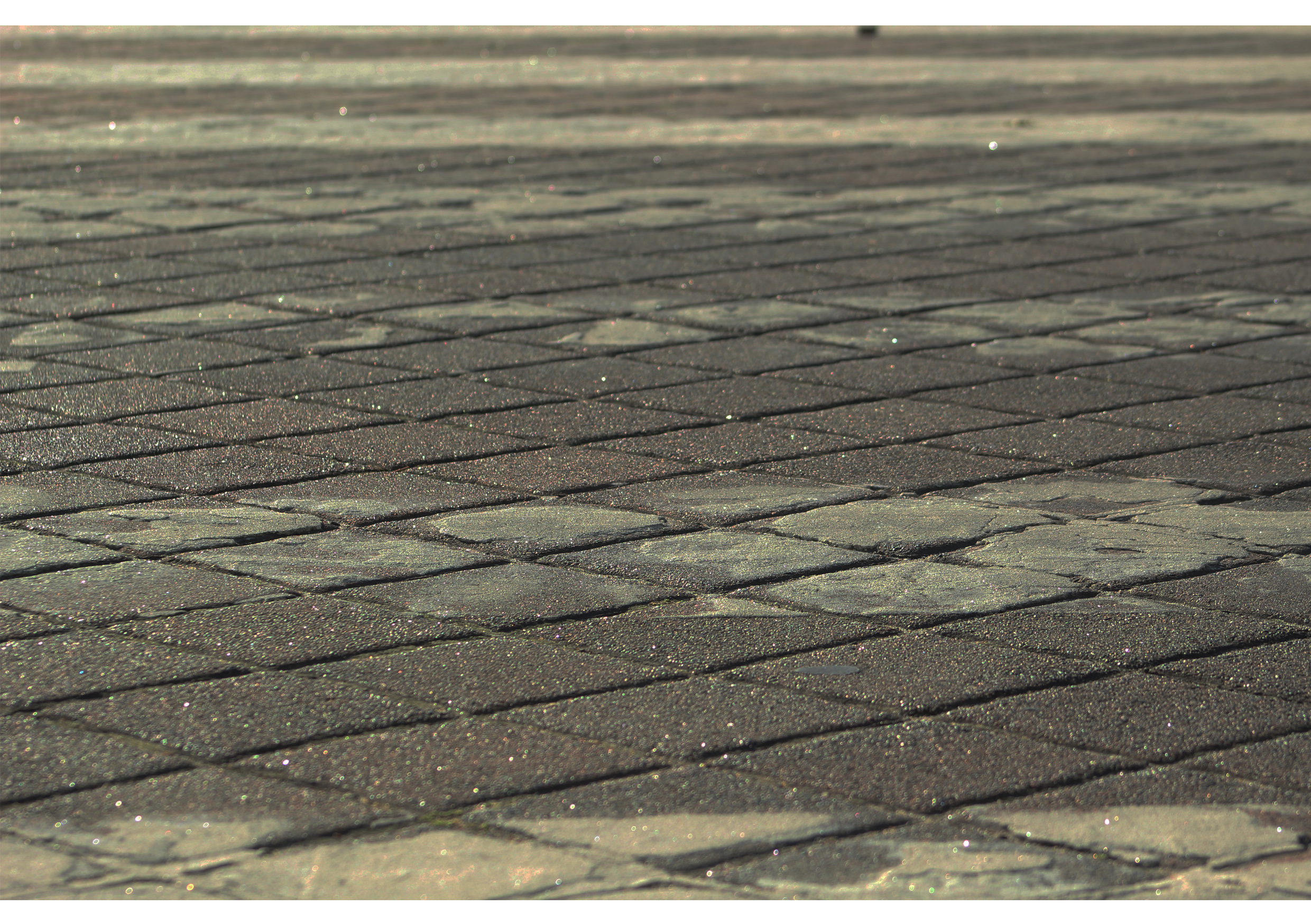
This photo will also be printed at A5 size. For this photo I have decided to keep things simple by only sticking it onto one layer of styrofoam board.
Uta Barth is a contemporary photographer, who lived and worked in California. Her photographs weren’t about seeing the sharpness and clear images within her photos. She made all the images and shapes within her photo merge together. As photography was mainly about pure visual and seeing what was in the photo, but Uta Barth changed this and her photographs were a sense of art and the viewers ultimately depend on the visual to understand the photo. Her work makes people view her art more than once to understand and appreciate the image.
At first glance this image seems to been taken in a bad way and very simple. But this image conspires with the human eye, to figure out what we are looking at. This photo was taken in a simplistic way, but almost amazes me that an image can look so interesting out of focus. The natural lighting in the images gives the walls a yellowy town to it, the colors in the images are very earth orientated, shades of browns and yellows. When looking at this image, it calls the attention of you to really figure out what the subject of this images would’ve been, its surrounding and the meaning of it. 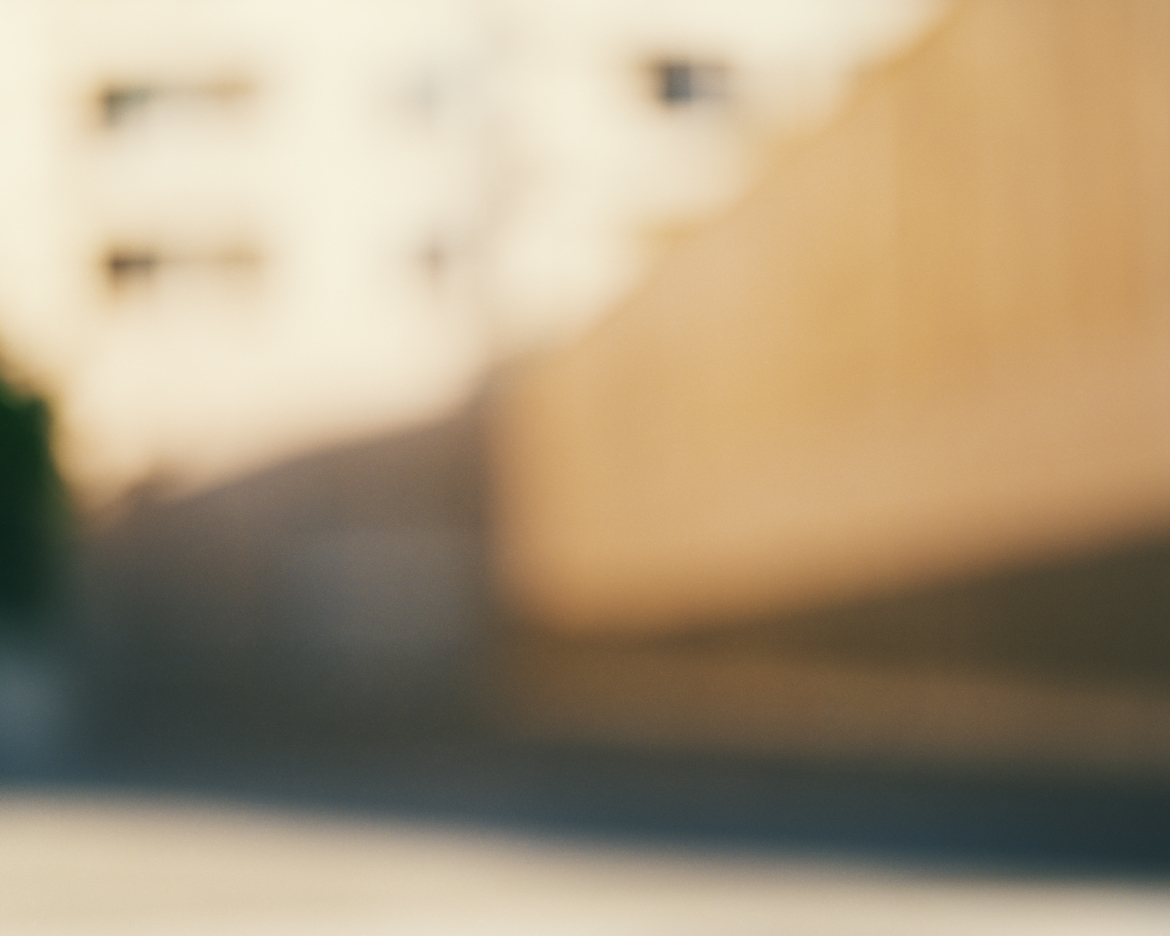
In all of Barth’s work there is little human interaction in them, this is because she says it removed the focus away from the entire photo, as people would play more attention to the clothes they are wearing and using people automatically gives them an identity due to the way they are looked and used in an image, which can overall change the whole subject of the image. The blur theory throughout her images it to make all the objects equal and universal, which meant viewers could pre-judge what they were seeing in front of them. Using a blur makes the viewer question what they are seeing. The story behind her images, it telling people that the world that surrounds us isn’t just a background and scenery, it is equal to us and is as important as us.
When planning for this shoot I had to take into consideration, lighting, camera settings, location and the concept and context of the photos I was going to take. I took into thought about showing the pureness of our surrounds, so I began to focus on focusing on natural shades and tones, such as white and green. The white would represent the pureness and righteous of the world and the green would show the nature of the world. The two colors would work well together, as the white would make the green standout, as it would give a pop of color in the pictures. Then also having my images out of focus it would merge together the two colors, making them equal to each other. These are a few photos I came out with from this shoot;

The difficulties I had in this shoot were trying to get the camera settings on the right format. I used a manual setting, with a wide lens, I has a low ISO of 100 or 200 and a slower shutter speed of 1/4 or 1/8, this is so I could let more light into the photo, which made the white become brighter in the images. I adjusted my lens to get the images to be out of focus so the color and shapes could merge together and become equal to each other, this is so that there wasn’t just one center subject of the photo, the whole photo was the main attraction as you had to figure out yourself the meaning, the point and what was actually in the photo.
The second part of my shoot, I focused on using the outside and natural light along side with the natural settings. For this part for the shoot I kept the same ISO but changed the shutter speed to 1/32, this is so you could see what was in photo more clearly, so you could get more of an outline, because if the shutter speed was too slow the photos would of come out white. I photographed the things closer to the camera in focus with the rest of the background and surroundings out of focus. This gave the photo a primary focus, but yet it was showing the shapes and colors of our surroundings. I decided to put in focus something simple, which people don’t see as equal to us. These are my photos from the second part of the shoot;
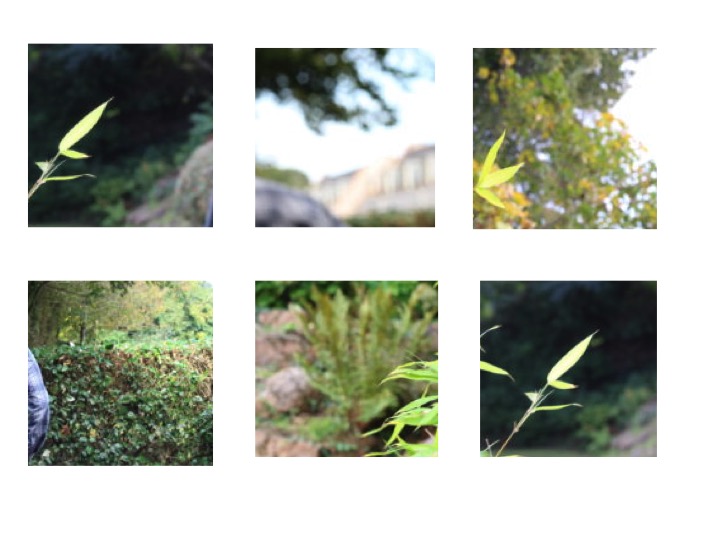
The struggles I had in this part was focusing on one main subject, and not getting everything in or out of focus. Also having to find a simple main subject for the images was a challenge, but looking at some of Barth’s worth gave me inspiration in what to use and focus on.
Overall, this shoot was a chance for me to learn about a new photographer but also learn different ways to photograph images and that all images don’t have to be in focus and that they can have any meaning you make them have.
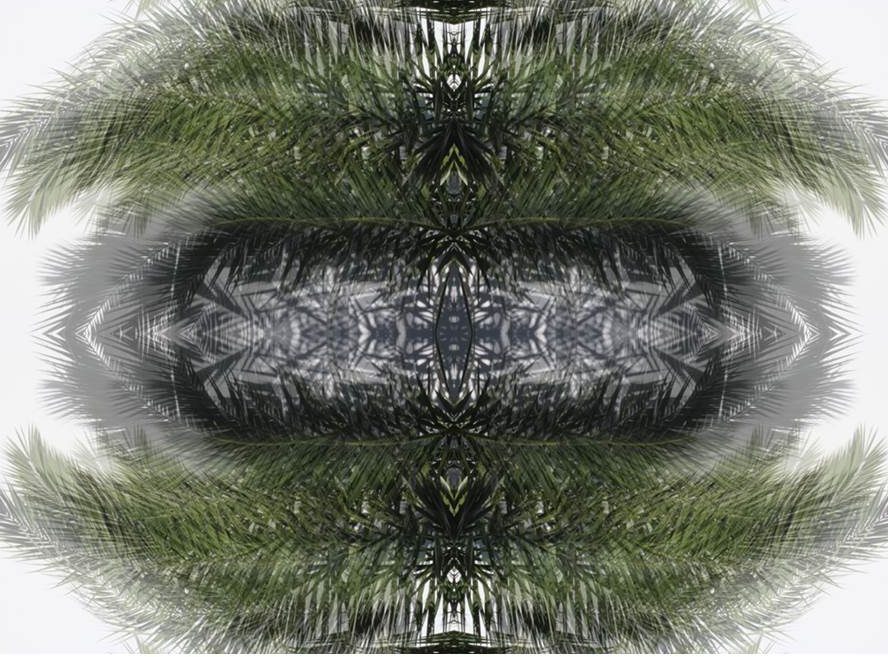

Contact sheets:
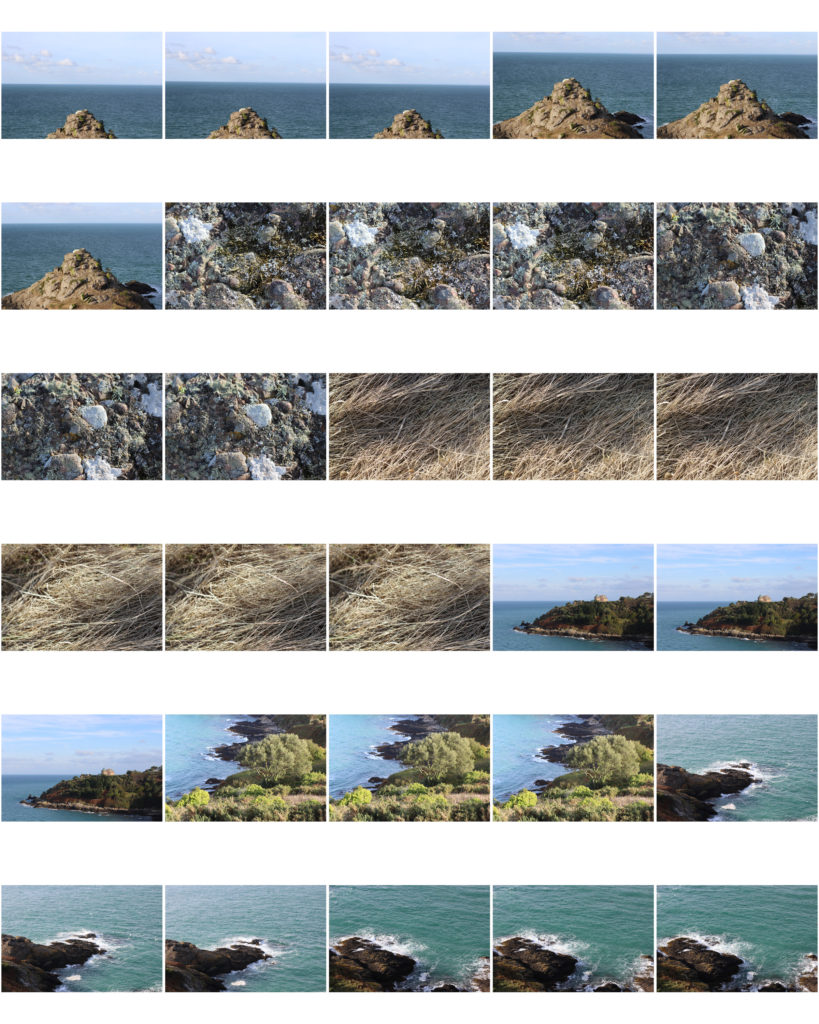


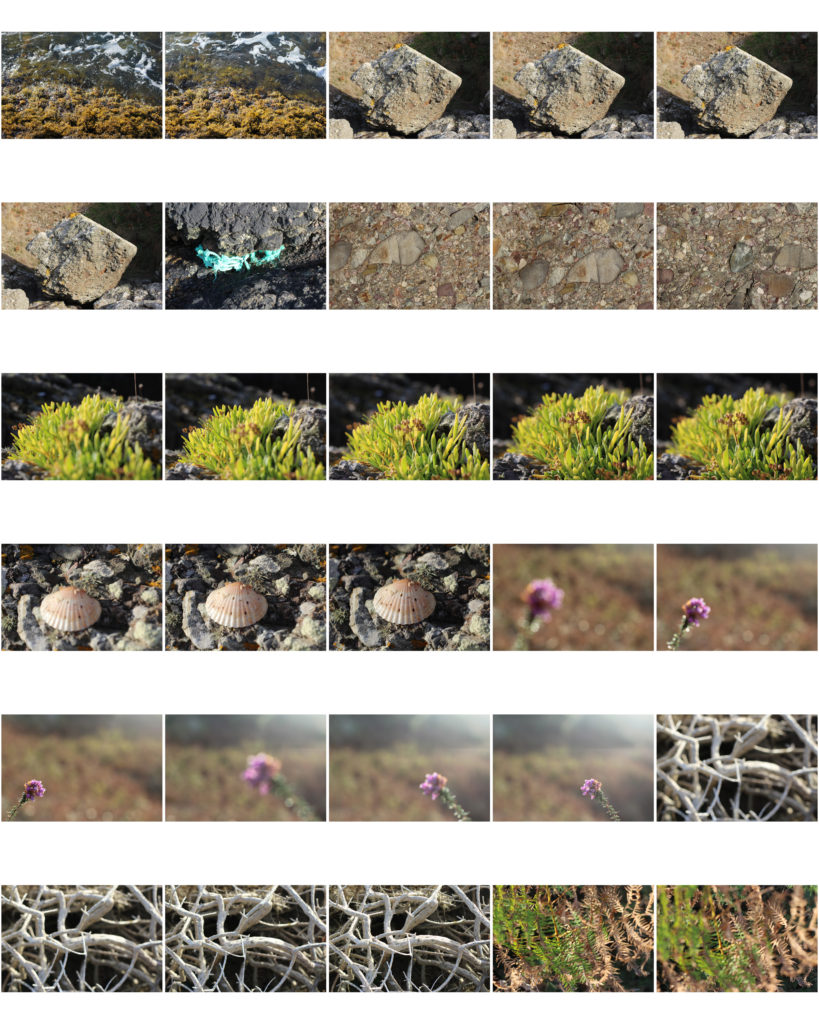
These are my other final 3 images suit the topic of abstract photography. I was inspired to look at rock works and the way they form and overlap one another. This also links to texture and surface which in these images although all the detail is there the image tone and colour is quite neutral and the lighting is quite dim despite being on a medium brightness setting. I’m using these as my A5 images and I’m having them set like a story board as a set of 3.



I decided to change the setting on my images to make them black and white. I also edited the image by changing the brightness, exposure, black point, highlights, brilliance and the amount of shadow that is coming through the image.
The repeated exposure of a photographic plate or film to light, often producing ghost image.
Here are some examples of my first attempts with just some random images I had found on my phone. For this image as I was at home and my laptop makes me pay for Photoshop I downloaded this app called PicShop. on this app all the settings were similar to those of photoshop so having tried it in the lesson and failed miserably I decided to try working on double exposure again as I wish to use this editing technique for my portrait edits when we move to that project.
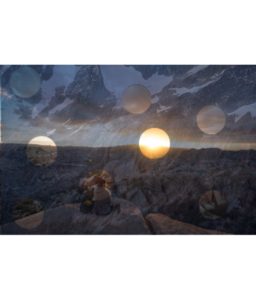
These images I thought worked well over layered because theres quite a high contrast of darkness from the background and then a light just peaking through immediately drawing all attention to it.
There are many artists that use or have used double exposure when developing their images as sometimes they use it to create a story or an idea behind it that some people might not understand. over layering like this can also be called double exposure which some artist take an form an image with a double meaning.
I have decided to chose an artist and try out different examples of their work but with my images.
Here we have some examples of Luke Gram’s Abstract photography work.

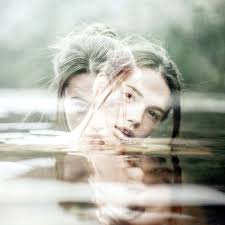
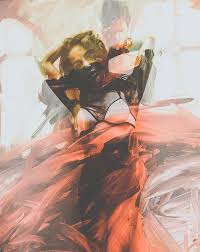
 these are just a few out of hundreds of images that Grams has taken. These are the ones that I thought suited abstract photography more as here we can tell he has mixed abstract photography with portrait to create doubling meanings of humans being connected to nature through elements of water, fire,sun and wind. These images stood out to me as I interpret these as images he has focused on creating a story when a person is looking at them closely. He has not only bought in different patterns and texture he has managed to fade objects around the image but still being able to visualise the woman face. I think this is significant because without the portrait side of it the images may have began to look a bit disorientated as there would have been to much going on around those images.
these are just a few out of hundreds of images that Grams has taken. These are the ones that I thought suited abstract photography more as here we can tell he has mixed abstract photography with portrait to create doubling meanings of humans being connected to nature through elements of water, fire,sun and wind. These images stood out to me as I interpret these as images he has focused on creating a story when a person is looking at them closely. He has not only bought in different patterns and texture he has managed to fade objects around the image but still being able to visualise the woman face. I think this is significant because without the portrait side of it the images may have began to look a bit disorientated as there would have been to much going on around those images.
Luke Gram Bio-He is not only a abstract photographer but he photographs people aswell. His images are taken according to him to capture the “serenity and power of life. He does this by placing humans in natural habits like i.e. the forest in the image above. His over lays are also natural places like the ocean, beaches and tree’s .He was about 18 years old when began taking photography seriously. He earned degrees in psychology and history from the University of British Columbia. He previously worked in the Canadian Oil Sands
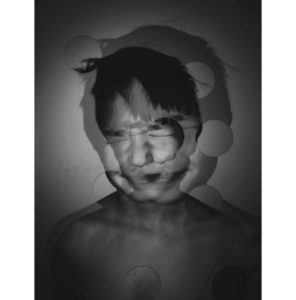
I was inspired by Luke grams work but decided to only have two layers of the same image overlapping one another. However instead of me creating both images to be very visable I made them both quite dark and heavy on shading which then allows the small circles to show elements of the image from underneath.
I tried also at doing another attempt using the images I’ve chosen as my final prints.
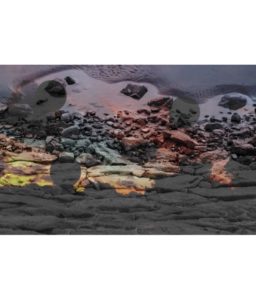
For the image above I used the same app called PicShop which allowed me to use my final image of the rocks and one of my landscape works that I used for art and used one of the effects called Hue on number 59 to be able to get the colors as bright as I wanted.
Having worked on these images, I have gained a wider understanding on different ways and ideas on developing my images to make them stand out and not just sit with my basic black and white edits which I chose to do for my abstract final images. Additionally I think that all these ideas and images have been successful at presenting the theme of abstraction. Each image I have created has different shapes which order out in a unique way, in which I have used to reveal certain aspects of the image. By doing this it has allowed the public to look at certain parts of the image which they may not have originally noticed because the image would have been on such a larger scale. It also allows the main focus point of each edit to be more visible and easier to identify.
Due to the edits being the way they are there’s a bit of negative space that I could have cropped out, however I like the negative space because it gives a sense of space and doesn’t make the image look all cramped together. I am very happy with the way these edits have come out as they clearly show development of my understanding of abstraction.
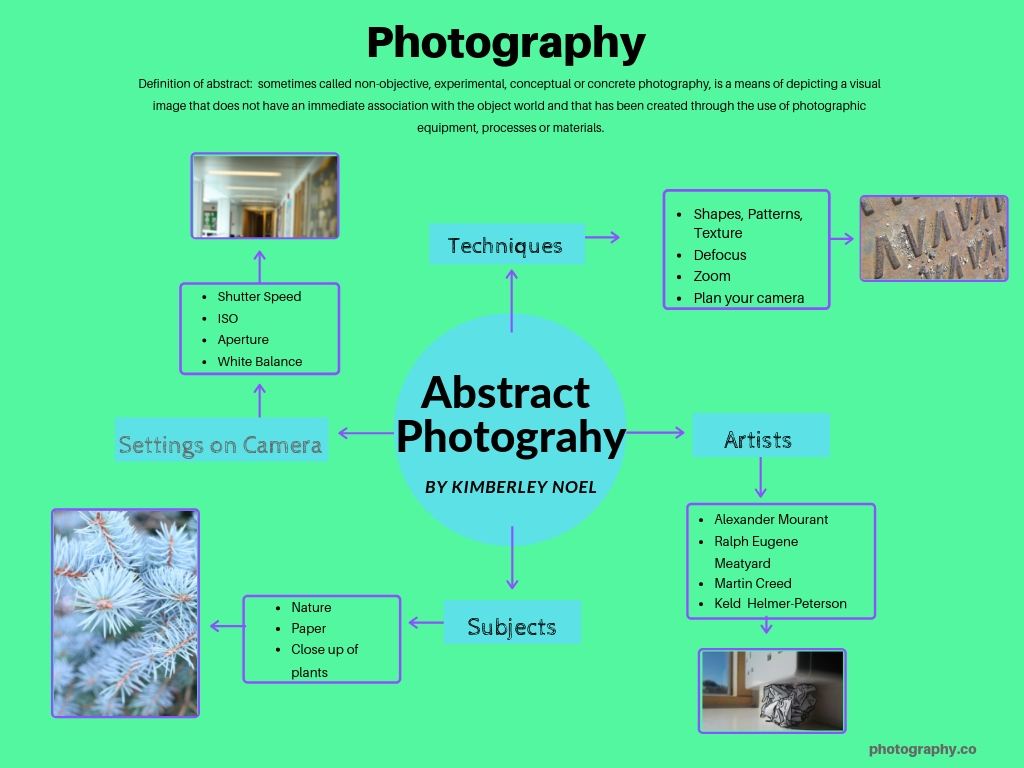
What is White Balance?
‘White balance (WB) is the process of removing unrealistic color casts, so that objects which appear white in person are rendered white in your photo. Proper camera white balance has to take into account the “color temperature” of a light source, which refers to the relative warmth or coolness of white light. Our eyes are very good at judging what is white under different light sources, but digital cameras often have great difficulty with auto white balance (AWB) — and can create unsightly blue, orange, or even green color casts. Understanding digital white balance can help you avoid these color casts, thereby improving your photos under a wider range of lighting conditions.’
Definition from: https://www.cambridgeincolour.com/tutorials/white-balance.htm
Video Explaining White Balance:
Experimentation: 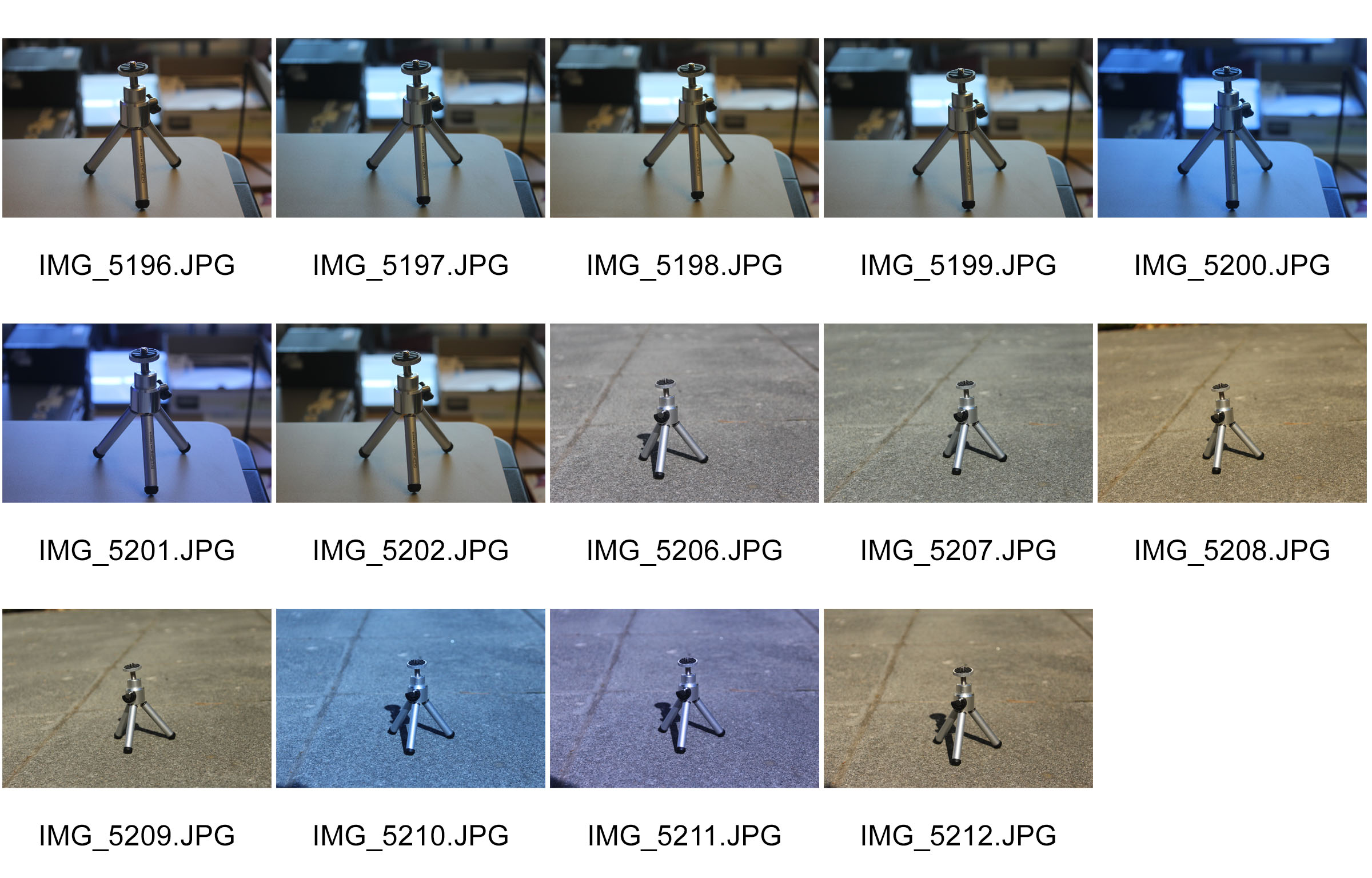
When I took this photos, I changed the white balance on the camera settings. The first 7 photos are indoors and the following 7 are outside. The different types of white balance I used were: Auto, Tungsten, Florescent, Daylight, Cloudy, Flash and Custom. The change in white balance is clearer outside than it was inside, as the natural light outside was a lot stronger than the indoor artificial light.